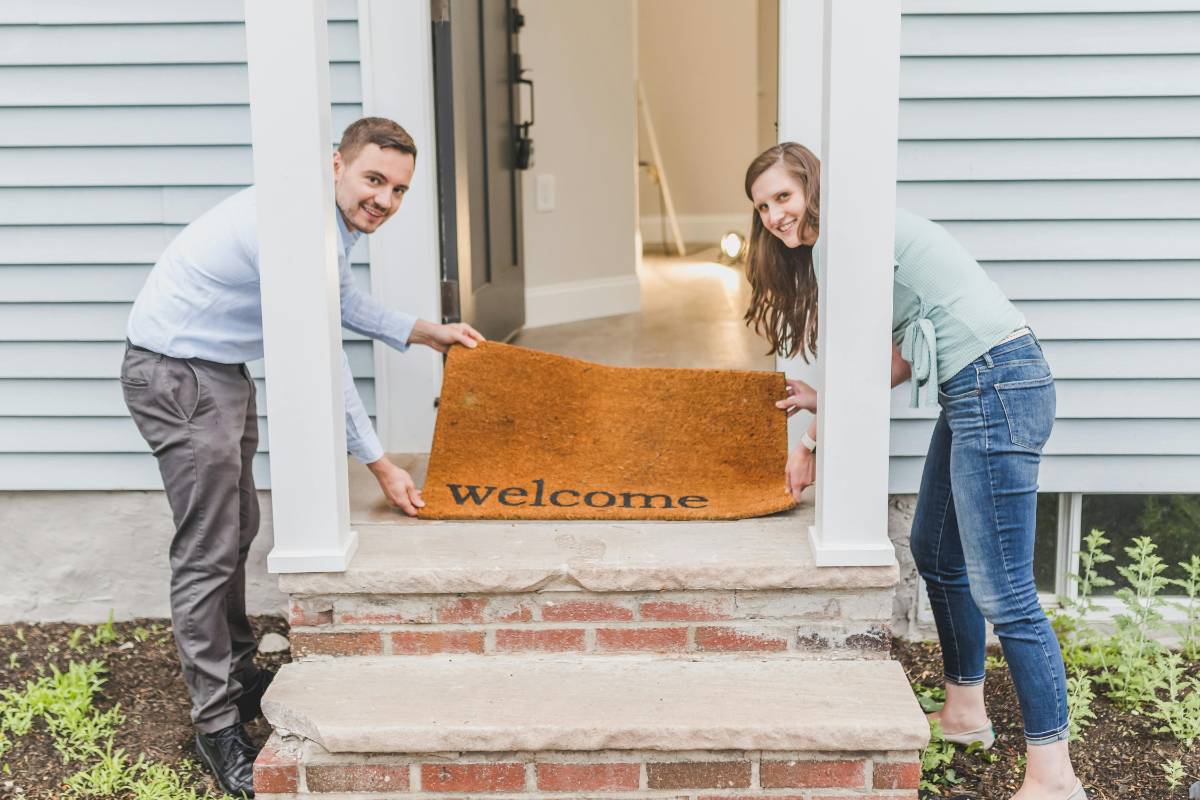How to Choose the Right Neighborhood for Your New Home
5 min read | 20 Jan 2025

Selecting the right neighborhood is just as important as finding the perfect home. The neighborhood you choose can significantly impact your quality of life, your investment's long-term value, and even your daily routine. From safety and amenities to future growth potential, there are various factors to consider when narrowing down your options. In this article, we’ll explore essential tips to help you choose the best neighborhood for your new home.

Consider Your Lifestyle and Needs
The first step in choosing the right neighborhood is to consider your personal lifestyle and future needs. Think about what’s most important to you and how you envision your life in the next few years. If you have or plan to have children, you might prioritize proximity to schools, parks, and family-friendly amenities. On the other hand, if you're single or a young professional, you may want to be closer to nightlife, restaurants, and public transportation.
Additionally, consider your long-term goals. Do you foresee a growing family, career changes, or other lifestyle shifts that could affect your living preferences? These factors will help you choose a neighborhood that aligns with both your present and future needs.
Research the Local School District
If you have children or plan to in the future, the quality of schools in the area is a critical consideration. Even if you don’t have kids, living in a well-rated school district can positively affect the resale value of your home.
To research school districts, check ratings and reviews online, and consider visiting local schools to get a sense of the environment. A good school district can add value to your home and provide peace of mind knowing that your children will receive a quality education.
Evaluate Safety and Crime Rates
Safety is a top priority for most homebuyers. No matter how beautiful or affordable a neighborhood may be, if it’s unsafe, it’s not worth the investment. Fortunately, many websites provide crime statistics, and you can also check with local law enforcement for crime reports in your desired area.
Beyond crime rates, look at the general upkeep of the neighborhood. Well-maintained streets, parks, and public spaces are often signs of a community that values safety and overall well-being.

Check Proximity to Work and Amenities
Location is crucial when choosing a neighborhood. A longer commute can be draining and take away from your quality of life, so it’s essential to consider how close the area is to your workplace. The convenience of getting to work and other important places like grocery stores, healthcare facilities, and entertainment venues should be factored into your decision.
Additionally, look at the neighborhood's walkability. Are there grocery stores, coffee shops, or parks within walking distance? Easy access to amenities can save you time and make your day-to-day life more convenient.
Look at Future Growth Potential
When choosing a neighborhood, it’s important to think long-term. Areas that are currently developing or undergoing revitalization may present a great investment opportunity. Research the future development plans for the neighborhood to understand the growth potential and whether property values are expected to rise.
You can learn about upcoming projects by checking with local government websites or speaking with real estate agents familiar with the area. Keep an eye on planned developments such as new schools, parks, businesses, or public transportation upgrades, as these can significantly increase the desirability of the neighborhood.
Assess the Neighborhood's Aesthetic Appeal
The appearance of a neighborhood plays a big role in your overall satisfaction. Is the area visually appealing, well-maintained, and well-lit? Walk around the neighborhood to see how well the homes and public spaces are cared for. A well-maintained neighborhood often indicates a strong sense of community and pride among residents.
Additionally, consider the vibe of the neighborhood. Is it quiet and peaceful, or more lively and active? The atmosphere should match your personal preferences and lifestyle.
Talk to Current Residents
One of the best ways to learn about a neighborhood is to talk to the people who live there. Take a walk through the area or attend a community event to speak with residents about their experiences. You can ask about crime, the local amenities, the people, and what it’s like to live there day-to-day.
Current residents can provide valuable insights about the area that you may not find online, helping you make a more informed decision about whether the neighborhood is the right fit for you.
Consider Property Values and Real Estate Trends
Before making a final decision, research the property values and real estate trends in the area. Look at recent sales data to gauge whether homes are appreciating or depreciating in value. A neighborhood that is consistently appreciating is likely to offer a good investment opportunity.
Additionally, ask local real estate agents about the area’s future growth. Are new developments or commercial projects on the horizon that could impact property values? Understanding the real estate trends will help you make a better-informed decision and ensure you’re getting good value for your money.
Conclusion
Choosing the right neighborhood is just as important as choosing the right home. By considering factors such as your lifestyle, the quality of local schools, safety, proximity to work and amenities, and long-term growth potential, you can make an informed decision that will suit your needs for years to come. Take your time, do thorough research, and visit potential neighborhoods before making a final choice. A well-thought-out decision will provide you with both comfort and a solid investment in your future.
Share on
Similar articles

How to Pack a Carry-On for a Week-Long Trip
4 min read | 28 Jan 2025

How to Capture Perfect Travel Photos
2 min read | 27 Jan 2025

Essential Tips for Traveling with Pets
4 min read | 26 Jan 2025